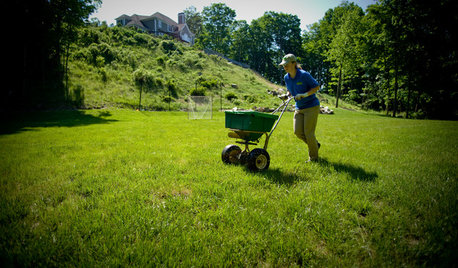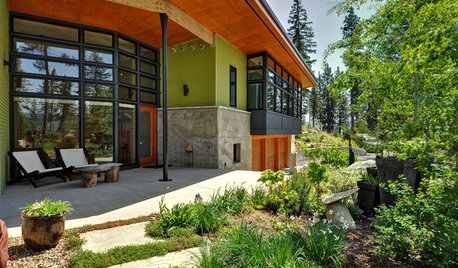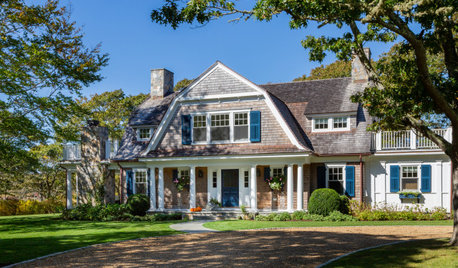Hydroseeded Last Fall/Need to Overseed Now/Apply Milorganite
catkin
14 years ago
Related Stories

BATHROOM WORKBOOKHow to Remodel a Bathroom
Create a vision, make a budget, choose your style and materials, hire the right pros and get the project done
Full Story
LANDSCAPE DESIGNHow to Find and Hire a Great Landscape Contractor
Get your landscape project built on time and on budget by hiring a quality professional
Full Story
HOME INNOVATIONSConsidering Renting to Vacationers? Read This First
More people are redesigning their homes for the short-term-rental boom. Here are 3 examples — and what to consider before joining in
Full Story
WORKING WITH PROSYour Guide to a Smooth-Running Construction Project
Find out how to save time, money and your sanity when building new or remodeling
Full Story
BUDGETING YOUR PROJECTConstruction Contracts: What Are General Conditions?
Here’s what you should know about these behind-the-scenes costs and why your contractor bills for them
Full Story
CONTRACTOR TIPSYour Complete Guide to Building Permits
Learn about permit requirements, the submittal process, final inspection and more
Full Story
KITCHEN DESIGNShow Us Your Fabulous DIY Kitchen
Did you do a great job when you did it yourself? We want to see and hear about it
Full Story
MOST POPULAR10 Things to Ask Your Contractor Before You Start Your Project
Ask these questions before signing with a contractor for better communication and fewer surprises along the way
Full Story
KITCHEN DESIGNKitchen Remodel Costs: 3 Budgets, 3 Kitchens
What you can expect from a kitchen remodel with a budget from $20,000 to $100,000
Full Story
DECORATING GUIDESLessons in Living Comfortably: Embrace the Scratches and Dents
When you celebrate wear and tear, you send a message that your home is designed for relaxation
Full Story





bpgreen
Kimmsr
Related Professionals
Buford Landscape Contractors · Maple Valley Landscape Contractors · Battle Ground Landscape Contractors · Danvers Landscape Contractors · Franklin Landscape Contractors · Gresham Landscape Contractors · Mission Viejo Landscape Contractors · Rio Linda Landscape Contractors · Salem Landscape Contractors · Uxbridge Landscape Contractors · Markham Landscape Contractors · Thousand Oaks Swimming Pool Builders · Willoughby Swimming Pool Builders · Lexington Fence Contractors · West Hollywood Fence Contractorsskizot
catkinOriginal Author
bpgreen
catkinOriginal Author
Kimmsr
skizot
dchall_san_antonio
catkinOriginal Author
Kimmsr
skizot
dchall_san_antonio
skizot
bpgreen
dchall_san_antonio
skizot
dchall_san_antonio
skizot
Kimmsr
bpgreen
skizot
Kimmsr
catkinOriginal Author
bpgreen